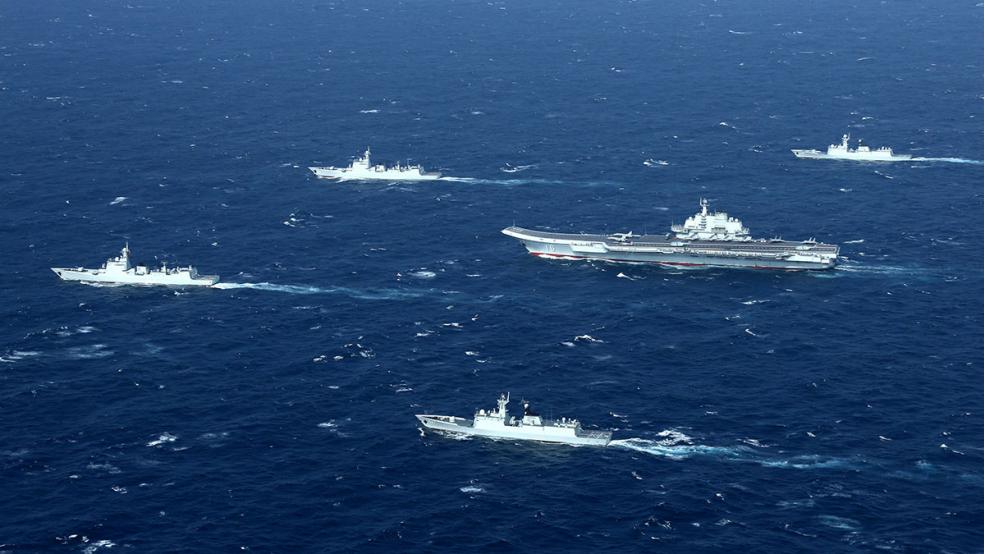With the Korean Peninsula tinderbox growing ever hotter, all the major players – the U.S., China, North Korea and South Korea – have been engaging in massive displays of military power.
Related: Trump’s Response to North Korea – Try It and You’ll Lose Big
North Korea, the chief provocateur, has fired off missile after missile – the latest on Tuesday being a two-stage projectile that, according to CNN, qualifies as Pyongyang’s first test of an ICBM with a theoretical range of 3,400 miles. That would put Alaska in striking distance.
The U.S. and South Korea recently held joint war games, with the largest-ever exercise in March through April involving some 315,000 troops. And the Pentagon has two aircraft carrier strike groups on patrol in the Asia-Pacific region, led by the nuclear-powered USS Nimitz (replacing USS Carl Vinson) and USS Ronald Reagan.
Meantime, China, which so far has been unable or unwilling to rein in its unruly client state of North Korea, is mounting its own display of naval force. Its first aircraft carrier strike group, led by the Liaoning – a retrofitted carrier bought from Ukraine -- has been conducting drills on its way to Hong Kong that involve some 100 combat units and J-15 fighters, the South China Morning Post said, citing a report in the PLA Daily (PLA refers to the People’s Liberation Army, which encompasses all of Beijing’s military services).
Related: The Emerging Arms Race at Sea for the US, China and Russia
China is far behind the U.S. in the number of combat ships it can put to sea, but it is moving forcefully to build a more competitive navy. In April, it launched its first home-built aircraft carrier, though it is not yet operational. And a third is said to be under construction in Shanghai.
America has 10 operational aircraft carriers, with an 11th on the way when the almost $13 billion USS Gerald R. Ford is formally commissioned on July 22.
But naval might is not just a numbers game.
As the South China Morning Post reported on Tuesday, Chinese engineers are developing a propulsion system that could make PLA submarines – long derided as too noisy to sneak up on an enemy –quieter than even U.S. subs.
Related: The Navy’s New Carrier Is Billions Over Budget – and the Next One Will Be Too
Rear Admiral Ma Weiming, identified as the architect of several Chinese naval innovations, has said the stealth technology will be used in China’s next-generation nuclear subs and is more advanced than similar technology the U.S. has been developing.
Ma has also bragged that an electromagnetic aircraft launch system China has built will be employed by its new aircraft carriers and is superior to the system on the USS Ford.
China has constructed Asia’s largest submarine base at Yulin, which features tunnels through which subs can enter the South China Sea and avoid “the prying eyes of U.S. reconnaissance satellites,” the Post said.





